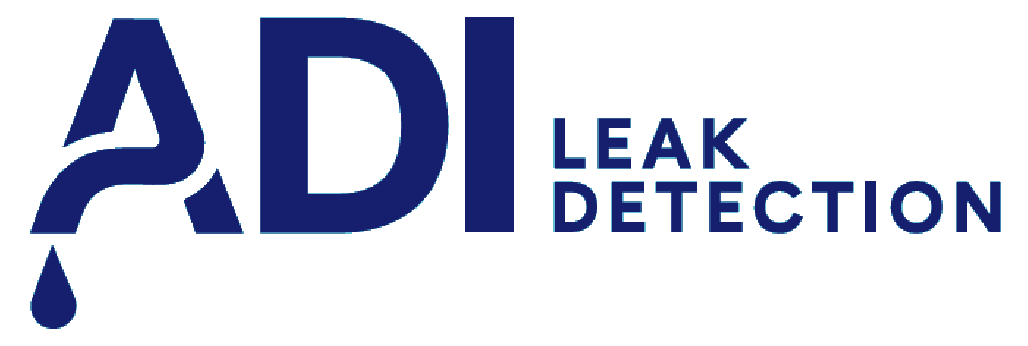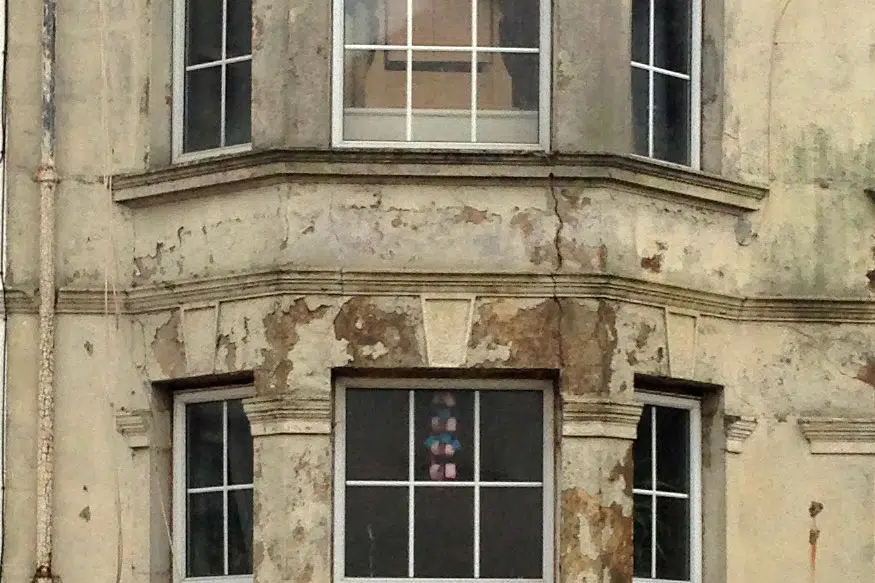Structural Leak Detection
Structural leak detection targets hidden water ingress within walls, ceilings, and building fabric. Signs include peeling paint, damp smells, and visible mould. These leaks often result from roofing issues, poor sealing, or internal pipe faults. Using moisture mapping, thermal imaging, and pressure testing, we detect the leak source precisely—preserving structural integrity while avoiding unnecessary damage.













